Viruses are extremely simple and tiny entities, fundamentally consisting of just a bit of genetic information in the form of DNA or RNA enclosed within a protein coat. However, viruses are remarkably successful; they are ubiquitous and play a crucial role in the tapestry of life on Earth. Below are some basic insights we have gathered about the origins of viruses, how we study their origins, and the debate over whether they qualify as living organisms. We hope this article provides you with intriguing information.

Viruses leave traces in the DNA of their hosts rather than fossils in rocks; this is how we find evidence of them in the past.
To understand where viruses come from, we must first research their origins, similar to how paleontology studies ancient organisms. The challenge is that viruses are too small and fragile to leave fossils in sedimentary rocks. However, fortunately (or frighteningly, depending on your perspective), viruses sometimes leave imprints on the DNA of their hosts, which of course includes humans. These traces are the key for scientists to trace viruses back in time.

The study of ancient viruses is a nascent field in microbiology, as it is built upon a relatively new discipline—genetics. In this field, scientists primarily investigate the viral traces found in the DNA of their hosts.
These traces are byproducts when a virus infects a cell, accessing the DNA replication machinery and reprogramming it to produce new viruses and continue the infection. Sometimes, viral genetic segments can integrate into the host’s DNA, provided they do not cause harmful mutations to the host cell; they can remain there indefinitely. If this occurs in a sperm or egg cell, the viral genetic material can indeed be passed down through subsequent generations of the host.

The reason researchers often study ancient viruses indirectly through the genetic material of their hosts, rather than dissecting them directly, is that viruses are too simple and reproduce extremely quickly, leading to rapid mutations and changes. Just a few hundred years can be enough for a virus strain to change to the point where its original genome is barely recognizable. However, the traces they leave in the host’s DNA change slowly, at a pace similar to the host’s evolution, as the host reproduces more slowly and has a lower mutation rate. Although these traces are not perfect, they are still useful for study and certainly retain information longer than a virus floating around somewhere.
By tracking similar viral traces in the DNA of host species with a common ancestor, scientists hold evidence dating back hundreds of millions of years.
Scientists can determine the age of viral traces in the genomes of different animal species by comparing them. If two animal species share a viral trace, it must have existed since the time those species had a common ancestor, and the virus that left that trace is at least as old as that ancestor species.
The first example we can mention is circoviruses. This group of viruses causes stomach diseases in dogs. Scientists once thought these viruses appeared relatively recently, about 500 years ago at most. However, the traces they left in the genomes of dogs have also been found in cats and pandas. Therefore, they must have existed at least since these species diverged, approximately 68 million years ago, around the end of the Cretaceous period.

The oldest evidence of viruses to date was discovered in a study conducted in 2011. Researchers examined the history of bracoviruses in wasps and found evidence suggesting that this group of viruses may have appeared as early as the origin of insects, around 310 million years ago, during the Carboniferous period.
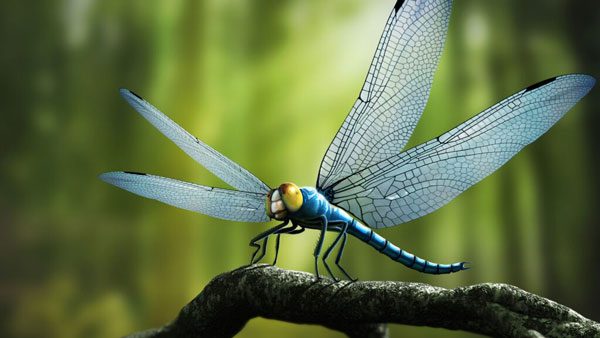
Another study in 2009 found a gene in mammals, called CGIN1, which dates back to the early days of mammals, approximately 125 to 180 million years ago. This gene is believed to have originated from a virus because its components resemble those of an RNA virus known as a retrovirus.
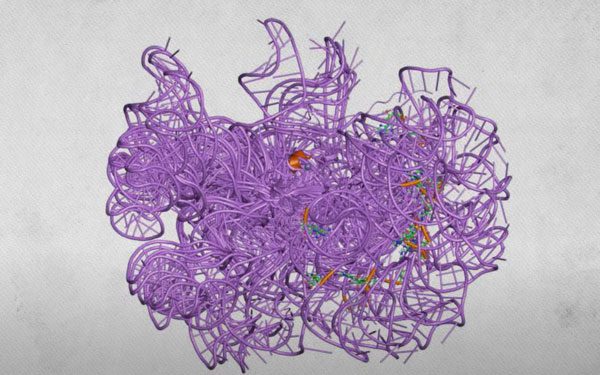
This virus may have infected the egg or sperm cells of our mammalian ancestors hundreds of millions of years ago. Now, both humans and countless other mammalian species also inherit it. In fact, it is estimated that 8% of the human genome comprises sequences originating from viruses.
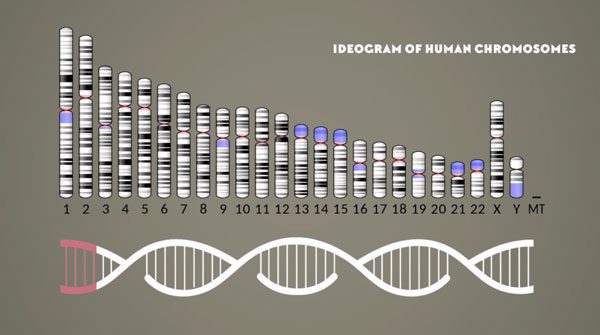
The study of ancient viruses has uncovered evidence of viral evolution dating back hundreds of millions of years. However, researchers believe that viruses formed much, much earlier—billions of years ago—when life itself began to emerge.
Viruses may have formed before cells, degenerating from some type of cell or splitting off from the DNA of living organisms.
There are various hypotheses regarding the origins of viruses, and they remain subjects of lively debate among scientists.
Virus-First Model (viruses formed before the first cells)
This hypothesis posits that because viruses are much simpler than cells, they must have appeared first, before the oldest cells. They existed for a time until life emerged and cells began to replicate themselves. Afterward, viruses evolved to parasitize more complex forms of life.
Escape Hypothesis (viruses split off from the DNA of living organisms)

This hypothesis suggests that viruses evolved from cells, originating from within their DNA. Our genome contains segments capable of self-replication and insertion elsewhere. Therefore, some experts argue that if such a segment could produce a protein coat, it could easily escape the cell and become a virus.
Regressive Model (viruses degenerated from a living organism)
This hypothesis arose when scientists discovered a giant virus, mimivirus. The name is short for “mimicking microbe,” as it is significantly larger than the average virus, measuring about 750nm, even larger than some bacteria. Fortunately, it only parasitizes amoebas.
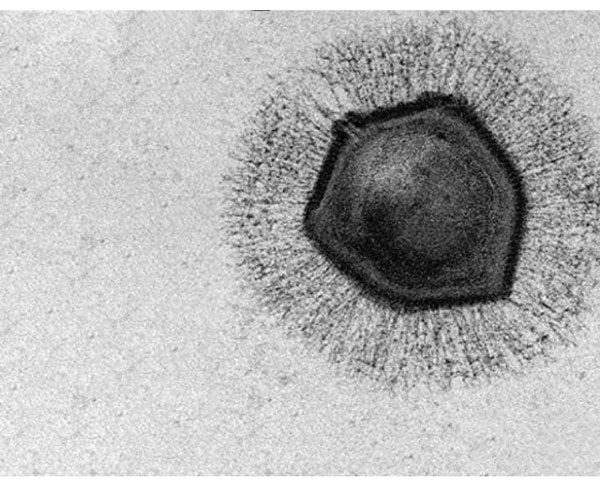
Along with its enormous size, mimivirus also possesses more genes, including some capable of synthesizing proteins—abilities that viruses typically lack. While mimivirus still relies on a host for reproduction, what are all those genes used for? Some scientists speculate that these genes are remnants from a time when mimivirus was larger, more complex, and cell-like.
This hypothesis suggests that there was once a time when viruses lived freely, later developing a symbiotic relationship with other organisms. Gradually, this relationship shifted from symbiosis to parasitism, and as viruses became more dependent on their hosts, they lost their complexity.
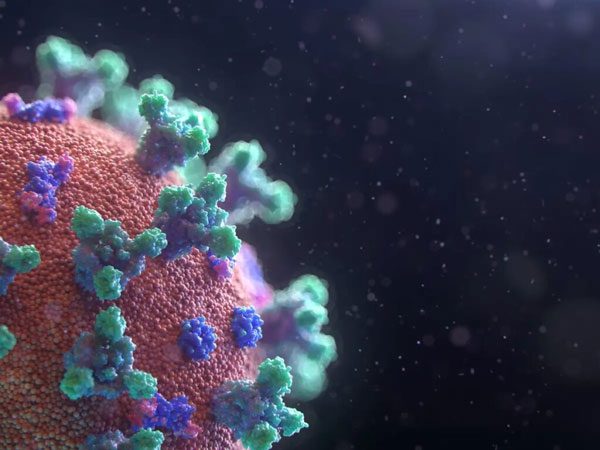
Recent studies have raised doubts about this hypothesis. Some scientists argue that mimivirus simply acquired those gene segments over time from its host.
Viruses are not truly living organisms; scientists consider them as entities that are neither alive nor dead.
Defining whether a virus is a living organism is not a simple matter. Many scientists propose placing viruses in a “gray semi-living zone,” between the white of life and the black of inorganic substances. They are neither fully alive nor completely dead. Others are debating the appropriate position of viruses on the tree of life, but the question remains: “If they do exist, where would they reasonably fit?”
To answer whether viruses are living organisms, we need to agree on the definition of life. The scientific community generally agrees that life can reproduce, generate energy for itself, maintain internal environmental stability within cells, and evolve.
Viruses can reproduce, but they cannot do so independently. They can also mutate and evolve, yet they have no means to generate energy. Additionally, they cannot consistently regulate their internal environment. The reason they reside in the “gray semi-living zone” is that they meet some conditions of life while failing to meet others.
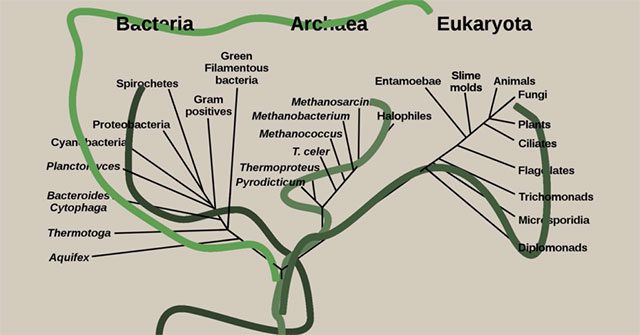
Some scientists have suggested that although viruses are not a branch on the tree of life, they can be viewed as vines that wrap around it. This imagery can be seen as romantic or grotesque, depending on your perspective, but regardless, viruses are now ubiquitous and hold a position in the life forms on Earth.
This article discusses how humanity studies ancient viruses, the hypotheses regarding their origins, and their place in the tree of life. Thank you for your interest, and we wish you safety from all types of viruses.


















































